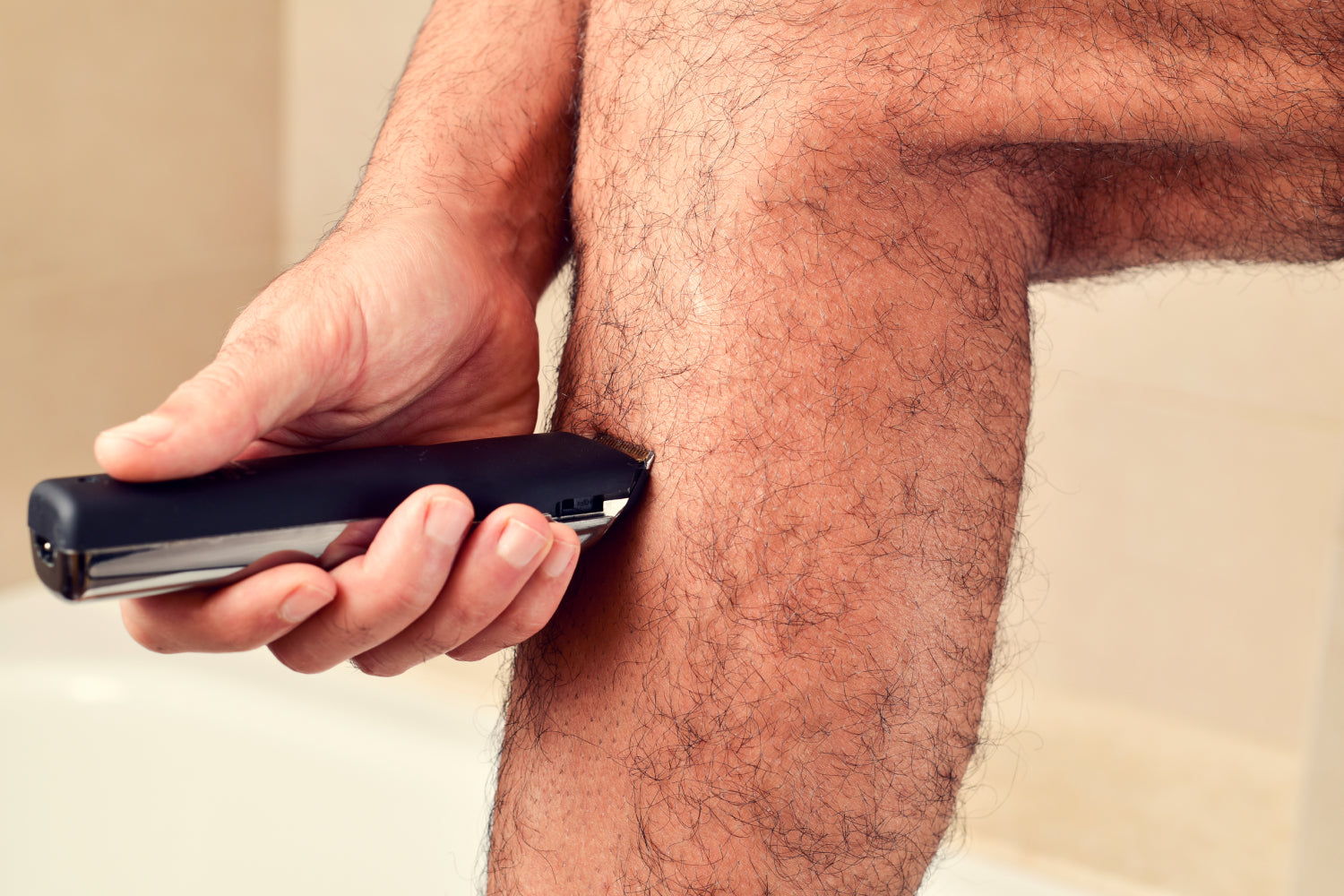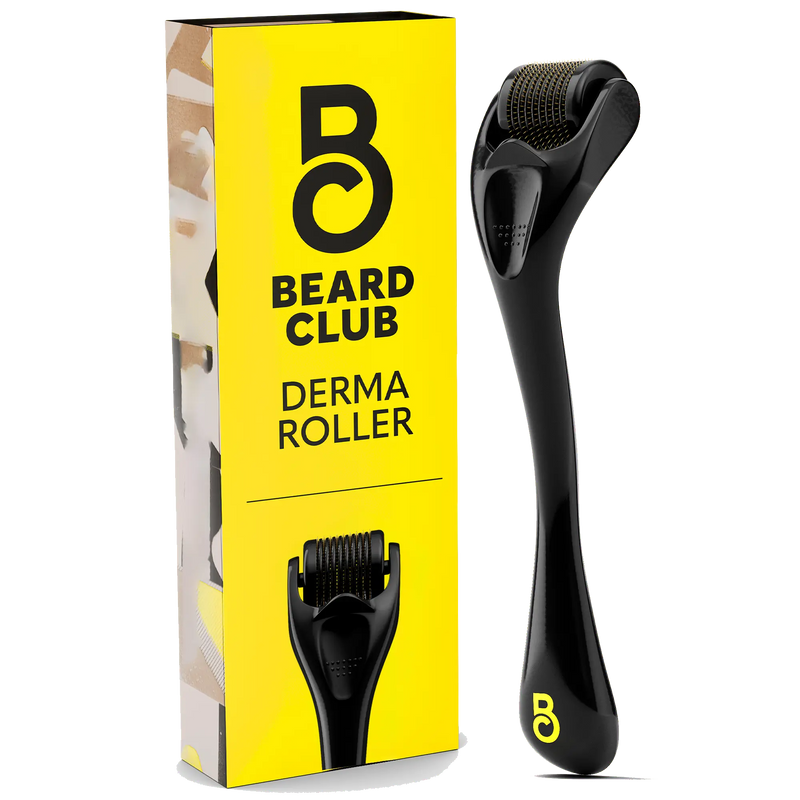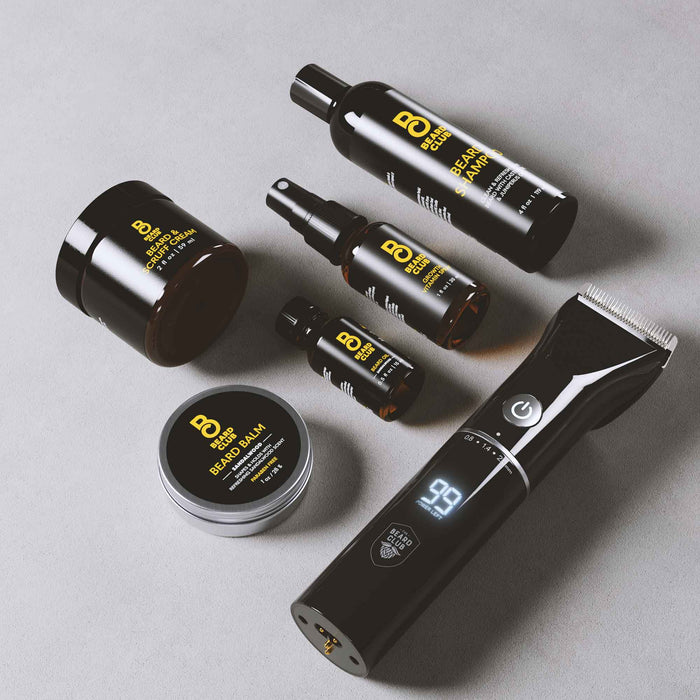How To Trim Leg Hair With a Trimmer: Grooming Guide for Men
Having hairy legs is something that some men love, and some men despise. Partners often have their own opinions about whether you should give your legs a trim or let them grow out.
What you decide to do with your leg hair is a highly personal opinion, but if you do decide to go the trimming route, there are some things you should know ahead of time. Here are some of the best ways to trim your leg hair with a quality trimmer.
Why Should You Shave Your Legs?
Having hairy legs doesn’t serve too much of a purpose in the modern age. While being shrouded in hair was important for people thousands of years ago in order to stay warm in cold climates, we’ve since created clothes and don’t really need as much scruff on our calves as we once did.
Still, hair on the body has the benefit of helping you cool down by holding onto your sweat and helping to keep your skin cool. It can also make your legs feel fuzzy and soft … if that’s something you’re into.
Otherwise, shaving your legs can have some benefits. For one, it can enhance the toned appearance of your muscles. Without hair, the light will reflect off of every muscle fiber poking out of your skin, helping you make leg day a lot more worthwhile.
Not to mention, it can also help you be a little bit less itchy throughout your day-to-day since you won’t have curly hairs rubbing up against your skin.
At the end of the day, you have the entire decision as far as whether or not you want to shave your legs. Of course, if you do, there’s a right way to get it done.
How To Trim Your Leg Hair
Trimming your legs with a trimmer is much easier, safer, and more convenient than using a razor blade. The first thing you need to do is give your legs a good cleaning. Take a nice hot shower to remove any dirt and debris from your pores while also softening your hair to make it easier to trim.
Next, it’s time to trim. If you use our PT45 Hair and Beard Trimmer, you can do this in the shower right after you clean because of our waterproof technology. Use gentle strokes from the thighs all the way down to the ankles.
While you’re here, it might be a good time to trim everything in between your thighs, too. Our PT45 trimmer is sensitive and created with no-nick technology in mind to help you achieve the closest shave without needing to worry about hurting your precious cargo. You can even switch out the blade to make it better for precision trimming.
This is pretty much the extent that most men will need to take, but if you feel like you need to get a closer shave, you can finish the job with a razor. If you go this route, be extra careful that you don’t cut yourself.
Give yourself the best chances of success by using shaving cream to soften your hair and make it easier for the razor to glide over your skin. Additionally, shave upward from your ankle to your thigh, keep your knees straight, and rinse off your blade often.
Enhance the shiny appearance of your legs afterward by using some body oil or body lotion.
Can You Use Hair Removal Creams?
There’s such a thing as a magical cream that can make all of your hair fall off pretty much instantly. Can’t you just use that instead of going through all of this effort to trim?
Hair removal creams, or depilatory creams, work by breaking down the bonds that compose hair, making them very easy to just sweep away after application. They are convenient and easy to use, and you don’t need to worry about razor burn or anything like that.
However, these creams might do more harm than good. Some studies have found that these creams could increase the number of hair follicles on your body and make hair grow back even more full and bushy.
Not to mention, some people are allergic to depilatory creams, which can naturally cause some harm. If you choose to use these, use some on just a small patch of skin before lathering up on the entirety of your legs.
Will My Leg Hair Get Longer After I Trim It?
You’ve probably heard someone tell you at one point or another that shaving makes your hair grow back even thicker and longer than ever before. So that keeps some men from trimming their legs, as they don’t want the hair to grow back looking like a caveman.
The good news is that this is nothing more than an old wive’s tale. Shaved hair does not grow back darker or thicker. After you shave, a blunt tip of hair remains. This tip might appear darker or thicker until it grows back, but it won’t actually come in even thicker than before.
That means if you want to shave, you don’t need to worry about it growing back any differently than it was before.
Best Grooming Tool for Men
The way you trim is only about half the battle. The trimmer you use is even more important when it comes to getting the job done. Our PT45 Beard and Hair Trimmer is the result of years of research and development, giving you the power of premium precision in the palm of your hand.
The design of this trimmer was made with your beard in mind, and it’s engineered for any size and shape. With 45 unique trim settings for the perfect cut no matter the style, titanium-coated ceramic blades for clean lines, and a three-hour battery life – you can have full freedom to style your facial hair with ease.
However, it’s usable as a body groomer, giving you a chance to use this all-encompassing device for any area of your body. It even has five integrated length settings to give you some agency over how long you want your hair to be when you’re done. It’s an all-in-one trimmer for any circumstance.
Trimming vs. Shaving
When you decide to shorten your leg hair, and you have the choice between trimming and shaving, you might be quick to jump on the razor blade bandwagon. However, trimming is a much safer and more efficient way to banish your hair.
Trimming is far less dangerous in terms of cuts and nicks because the blade isn’t sharp like a razor. This means you can have a bit more freedom as you get the job done. Plus, you can choose your blade length to have some control over how long you want your hair to be when you’re all finished.
The benefit of using a razor and shaving is that you can get an immensely close shave, but your legs don’t need to get that close of a shave. In most cases, using a trimmer is more than fine in terms of getting the appearance you want.
In Conclusion
Trimming your leg hair is something that not every guy might feel the need to do, but if you do want to show off those muscles or impress a potential partner, then giving your legs a trim might not be such a bad idea. Just be sure to do it right.
Trimming your leg hair is mostly self-explanatory, and the only way to do it wrong is by using the wrong equipment. But if you use one of The Beard Club’s electric trimmers, you won’t have any issues thanks to their no-nick technology and their three-hour battery life.
Your leg hair won’t grow back fluffier than ever after shaving (unless, perhaps, you use a hair removal cream). Trimming can get you as close of a shave as you probably need as opposed to using a razor. But either way, you can have confidence in your shave with The Beard Club.
Discover your best beard (or leg hair) and unlock 15% off your first item when you take the quiz and get your personalized beard plan.
Sources:
New Study Sheds Light on Early Human Hair Evolution | GW Today | The George Washington University
Does shaved hair grow back thicker? | Mayo Clinic
What to Do If You Need to Shave but Don't Have a Razor | Healthline


















